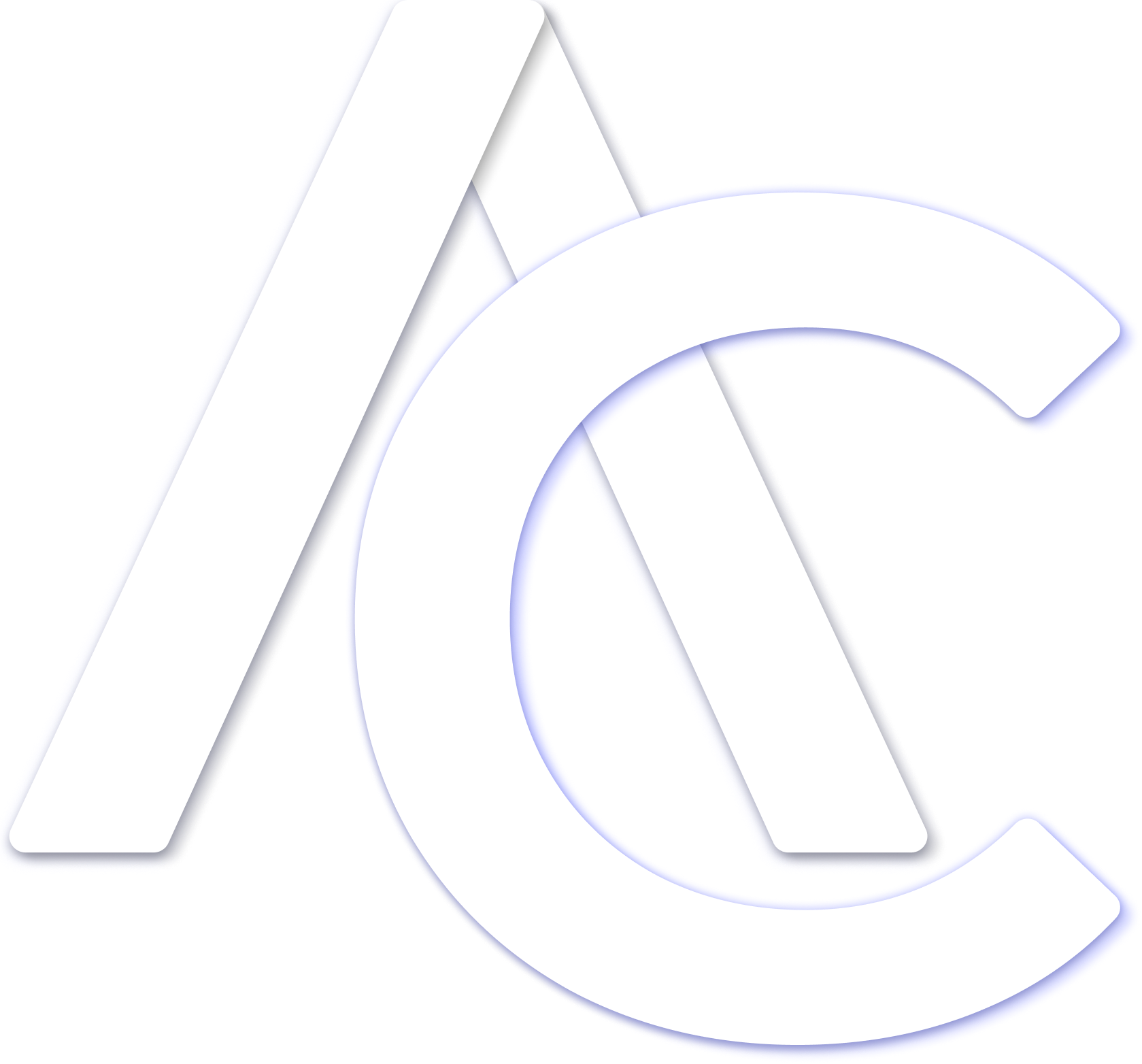Hand & mind in action
With dARwing you experience drawing directly. Your body, your hand becomes a drawing pencil.
Select the room line, line width and color, then draw freely into your surroundings. The only thing you need is your iPhone or iPad and a second person to point the device at you. Your movements will be visible on the display as a work of art and placed at the drawing location.
Both the final result and the process of creating the digital trace are saved. Later, you and others can view your artwork again at the drawing location, view it as an object in the cloud and even print it out as a physical work of art.
Artistic freedom in infinite spaces. Show your spirit & share it with the world!




